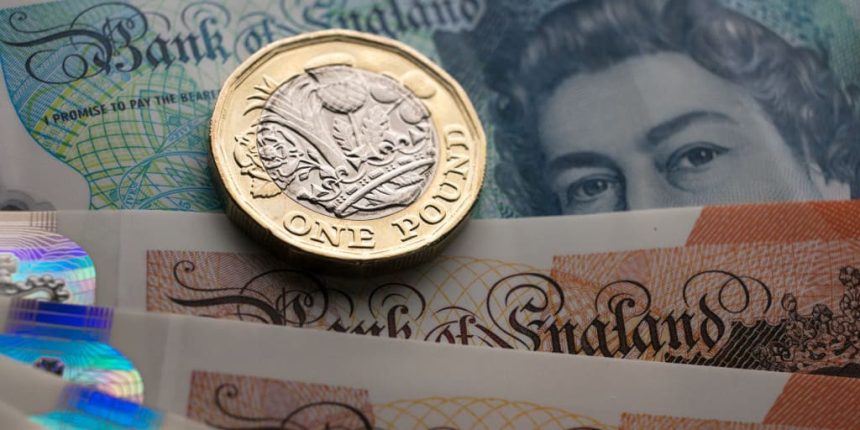The U.K. statistics office published some major revisions to growth data. Investors worried about the country’s prospects might want to take another look.
The changes mean the U.K. recovered its prepandemic output by the end of 2021, whereas earlier it was considered to still be below it. That flies in the face of the idea, widely discussed before now, that the U.K. has been a laggard among Group of Seven nations in bouncing back from Covid-19 lockdowns.
Britain’s Office for National Statistics said the revisions come from richer data in its surveys, and because it can now measure costs incurred by businesses directly and adjust for inflation in more detail. The changes to data were particularly large for 2020 and 2021 because Covid-19 made collecting the information more difficult at the time, it said.
New figures out Friday (calculated using the more detailed information) showed that gross domestic produce increased much more in 2021 than thought, after having fallen less than estimated in 2020. By the end of 2021, GDP was 0.1% higher than at the end of 2019, whereas it was previously thought to be 0.9% lower.
It isn’t the first time this year that a late statistical revision has changed perceptions. The 20-nation euro area was thought to have fallen into recession in the first part of the year, until the statistics authorities rewrote the official numbers in July.
Last week’s U.K. revisions end after 2021, so the story of the U.K. economy since then doesn’t change much—growth has been relatively weak since the start of 2022, inflation worse and interest rates subsequently higher.
Investors who may have shunned the U.K. for its poor past performance may want to give it another chance. The blue-chip benchmark FTSE 100 Index has gained just 0.5% this year, compared with a 5.1% advance for the Dow Jones Industrial Average and an 18% increase in the S&P 500.
Write to Brian Swint at [email protected]
Read the full article here




